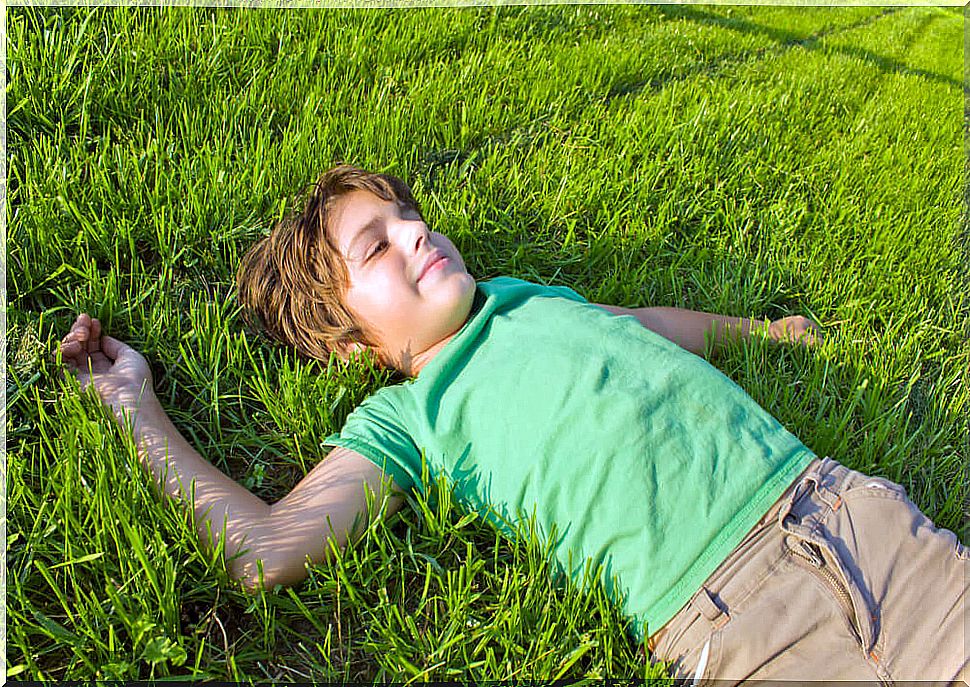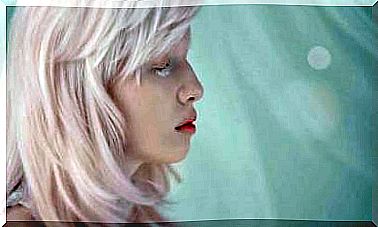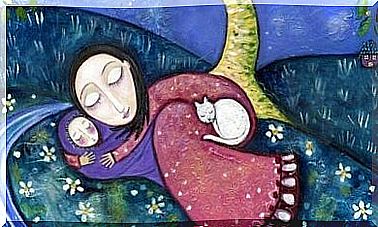3 Techniques To Increase Child Self-control

Self-control is the ability to direct one’s behavior, managing emotions, feelings, and thoughts. But children, in their first years of life, during the childhood stage, do not have this skill developed, so they need to train it, work it and practice it through certain exercises. In this article we describe 3 techniques to increase child self-control.
These techniques and activities are designed to be carried out in the family and school context, since the little ones acquire most of the learning in these two environments.
3 techniques to increase child self-control
The traffic light technique to increase child self-control
The traffic light technique helps children understand and manage their own negative impulses, behaviors, and emotions. It consists of teaching them, through the representation of a traffic light, to implement appropriate solutions to various situations in which they tend to feel angry or frustrated.

In this sense, when this happens to them, they must remember the three colors of the traffic light and associate each of them with the performance of a specific action:
- Red: stop and take a moment to breathe calmly.
- Yellow: think about possible alternatives.
- Green: act and implement the best solution.
By following this simple process, the little ones are able to identify the sensations prior to the impulsive behavior and are able to calm down, resolving the conflict satisfactorily and acting correctly.
Finally, to check that the children have understood the semaphore technique, and in order to consolidate this knowledge, it is possible to play at representing different situations in which this self-control technique has to be put into practice.
Identification of what is right and what is wrong
With this exercise of identifying what is right and what is wrong , behavior regulation is worked on by recognizing appropriate and inappropriate behaviors. To do this, children must first be presented with a series of pictograms, which can be downloaded from the ARASAAC website.
Next, the little ones must say what each of these pictograms means and, in case it is difficult to extract the meaning, help them. Finally, they have to take care of putting each of the actions on the corresponding sheet:
- On the green template: if they are behaviors that are okay.
- In the red template: if they are behaviors that are wrong.

Exercise “If …, then …”
The exercise “If …, then …” allows to increase children’s self-control, reflecting on how to act in a series of hypothetical situations. For its execution, the children are given a sheet in which they can see a table with two columns:
- One called “if …” .
- Another with the name “then …” .
The children have to put in the column “if …” pictures that represent situations:
- Conflictive.
- Frustrating.
- That cause nervousness or stress.
- That cause tiredness or boredom.
Next, they are shown a series of different pictograms: a mother, a father, a teacher, the action of speaking, breathing, thinking, asking for forgiveness, etc. Children should select from these pictograms those that they believe are necessary to respond to the situation in question. Therefore, they must place them in the column “then …” according to the order in which they must carry out each action.
Thus, for example, if they feel frustrated in class for not being able to do a task, they should put the pictures in the following order: breathe, think and tell the teacher. In this way, they learn to master situations in a theoretical way so that they can later put it into practice successfully.










